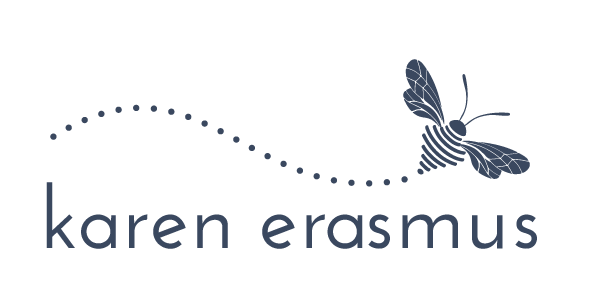Colour and Illustration
Colour - it's a massive subject. Something that is incredibly beautiful and fundamental to art and illustration. Yet if you start getting into studying it formally, it can get very overwhelming. Complementary colours aren't colours that sit well together, they're colours that make each other stand out. Like red and green. Already it's confusing! From the beginning of illustrating children's books I got into establishing a small collection of colours and sticking to them. I didn't really know what I was doing but I knew that I liked the more muted tones of olive green and burnt orange. The natural and delicate tones that watercolour led me towards. It wasn't until I started using digital graphics programs that it I really needed to start giving it some thought.
Digital Colour Palettes
Corel Painter, Photoshop, Illustrator and Procreate are all programs I've familiarised myself with over the years. They all come with standard colour palettes. That's fine, but with each illustration, set of characters or book you need to be able to organise your own set of colours. There are some fabulous classes on creating colour palettes in Skillshare. I particularly like this one for Procreate by Carly Clements.
Artist Colour Palettes
Digital artists often create and publish their own colour palettes for you to download and use for free. Colorhunt.co is a really simple concept website that gives you palettes that are limited to 5 colours. If you're using Procreate, Bardot Brush is an excellent place to get some really gorgeous palettes. Delightful Design is also a super extensive resource, although you can't actually see what you have until you've put them into Procreate.




DIY Colour Palettes
The fun really starts when you start making your own colour palettes. I first learnt how to do this is Adobe Illustrator following Bonnie Christine's excellent classes. Now I use Procreate on the iPad as it's easier and quicker. Basically, with both programs, you use the eye dropper to pick out the colours. Like a brainstorming exercise I pick quite a few and then select from those. I work on the principle of having a light, a dark, two or three mid-tones and a 'pop' - the colour that seems to lift the others. You can see some of my scribbles and selections above.
Simplify and Apply
Here's an example of how I used a limited colour palette in a recent project. The colours came from a photo I took of a cute little tree at a Christmas market. You can see how I applied the colours to the illustrations to make them all cohesive.




Pattern Play
When creating patterns in Adobe Illustrator it doesn't get much better than playing around with the recolour tool. It takes a bit of learning but once you have the basics it's a whole lot of fun. You can see more of my pattern collections, including this one, here











